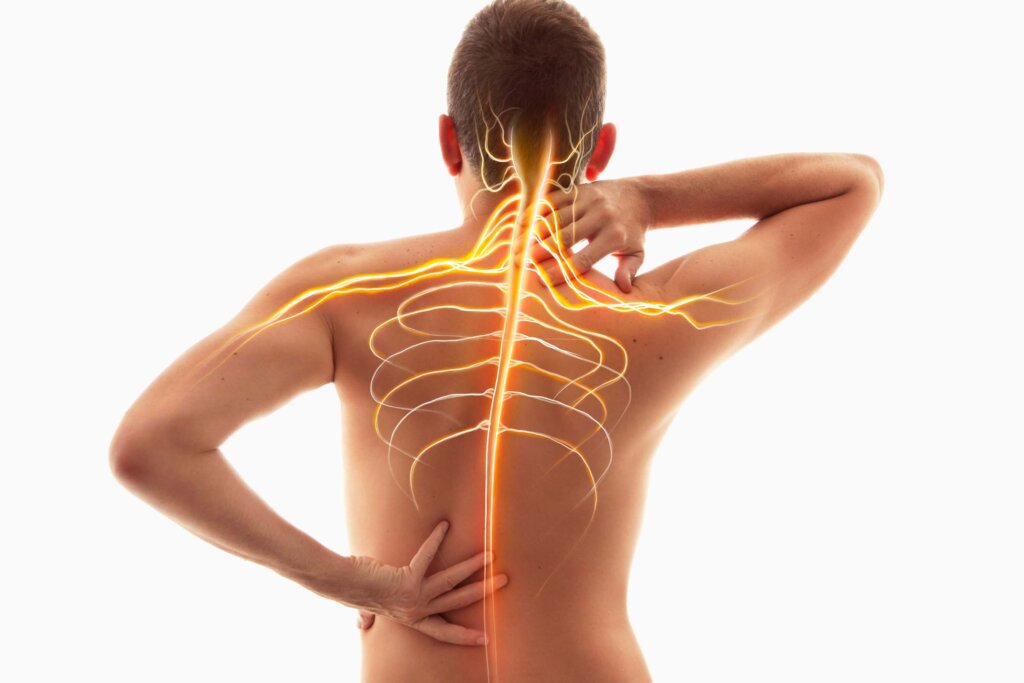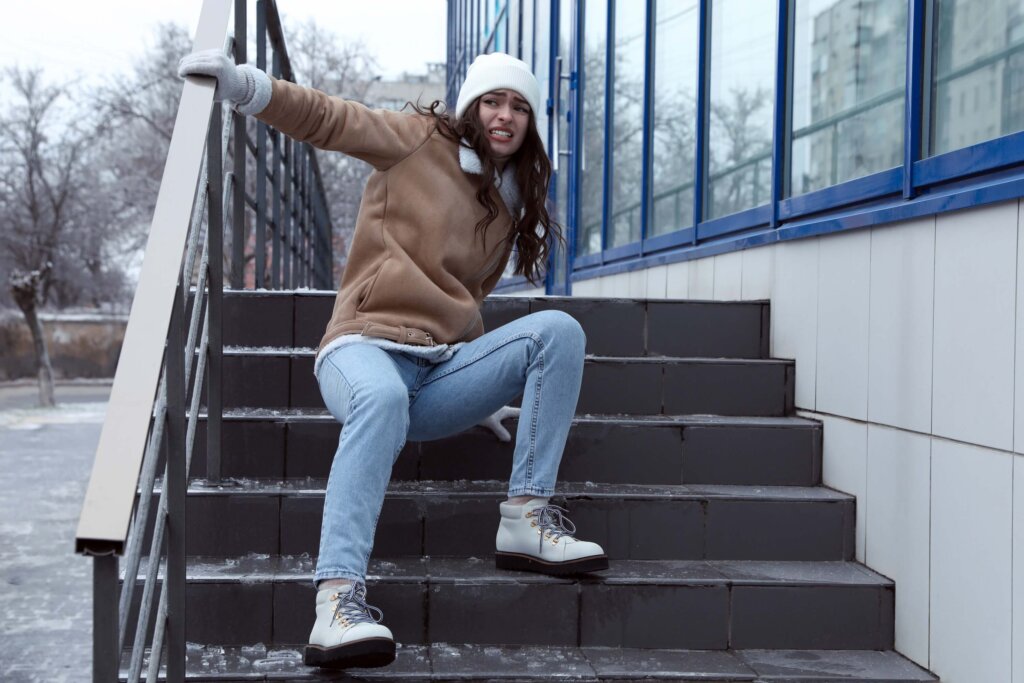Slip, trip, and fall accidents are common occurrences that can lead to various injuries. These incidents happen suddenly, often when least expected, and can affect anyone, regardless of age or physical condition. Typically, the parts of the body that are most frequently injured in these situations are the hands, hips, and head.
The hands often take the brunt as they instinctively reach out to break the fall, potentially resulting in sprains, fractures, or bruises. The hips are also highly susceptible, particularly among older adults, due to the impact during a fall, which can lead to fractures or even dislocations. Head injuries are serious, given their potential to cause concussions or other traumatic brain injuries, underscoring the importance of safeguarding this vital area.
Understanding which body parts are most vulnerable can help individuals take preventive measures and respond effectively when accidents do occur. It’s crucial to stay informed about these risks, especially in environments that are prone to slips, trips, and falls. This awareness of likely body parts injured in falls can make a significant difference in minimizing injury and promoting safety.

Understanding Slip, Trip, and Fall Accidents
Slip, trip, and fall accidents are common occurrences that result in a range of injuries. These accidents often affect specific parts of the body, and understanding them provides clarity on prevention and care.
Definition and Prevalence
Slip, trip, and fall incidents occur when a person’s balance is disrupted, often due to slippery surfaces or uneven terrain. These accidents are frequent, affecting millions annually across various environments such as workplaces, homes, and public spaces.
According to safety statistics, slip, trip, and fall accidents account for a significant percentage of injuries reported each year. They can lead to severe health impacts if not addressed timely. Factors like wet floors, loose rugs, and poor lighting contribute to these accidents, increasing the risk of injury.
Slip, Trip, and Fall Common Injuries
The most frequently injured body parts in slip, trip, and fall incidents include the head, wrists, arms, ankles, and legs. Head injuries can range from mild concussions to more severe traumatic brain injuries due to impact.
Wrist and arm injuries often occur as a person instinctively reaches out to break the fall, leading to fractures or sprains. Ankle and leg injuries, such as sprains and breaks, arise from awkward twists or direct impact during the fall. Addressing these injuries promptly is essential to prevent long-term complications and ensure a successful recovery.
Preventing Slip, Trip, and Fall Injuries
Effective prevention of slip, trip, and fall injuries involves a combination of appropriate safety measures and careful selection of proper attire.
Safety Measures at Home and Work
Implementing safety measures can significantly reduce the risk of injuries. Regularly inspect and maintain walking surfaces to ensure they are free from obstacles, spills, and clutter. Use of non-slip mats or rugs can prevent falls in areas prone to getting wet, such as bathrooms and kitchens.
Clear signage and adequate lighting are essential in both home and workplace environments. Encourage a culture of safety where individuals report hazards promptly. Installing handrails along stairs and grab bars in bathrooms can provide additional support and safety.
Regular training on fall prevention is beneficial in workplaces. Educating employees on identifying potential hazards and proper ladder usage can prevent accidents. Encourage a system for regularly evaluating and improving safety protocols to adapt to any changes or new risks.
Proper Attire and Maintenance
Proper choice of footwear plays a key role in preventing slips and trips. Shoes with good traction, such as those with rubber soles, can provide better grip on various surfaces. Avoid wearing shoes with worn-out soles, especially in work environments where hazardous conditions may exist.
Regular maintenance of footwear is crucial. Check for any signs of wear and tear, and replace shoes when they are no longer safe to use. In workplaces, consider providing or recommending specific types of shoes suitable for the environment.
Beyond footwear, keeping walkways clear and well-maintained is vital. Regular housekeeping practices help prevent trips. Repair uneven flooring promptly, and ensure that any loose cables or wires are securely taped down. Prioritizing these maintenance tasks can create safer environments.

Health and Legal Outcomes
Injuries from slips, trips, and falls can result not only in immediate physical harm but also in long-term health concerns. They may also lead to legal challenges, including compensation claims and liability discussions.
Long-Term Health Effects
Injuries from falls can have significant long-term health effects. Chronic pain is a common consequence, especially in cases involving fractures or joint injuries. For instance, a broken hip or ankle might cause persistent discomfort, requiring ongoing medical care and rehabilitation.
Mobility issues are another potential outcome. Limited movement can result from serious injuries, affecting daily activities and quality of life. In the elderly, a fall can even lead to a loss of independence, with increased reliance on caregivers or mobility aids.
Furthermore, falls may indirectly lead to psychological impacts. Anxiety and fear of falling again can develop, reducing a person’s confidence and willingness to engage in physical activities. This, in turn, can exacerbate physical symptoms and impact mental well-being.
Legal and Compensation Considerations
Falls can lead to complex legal situations, primarily concerning liability and compensation. Individuals may seek compensation for medical expenses, lost wages, and pain and suffering. Understanding the legal framework governing slip and fall cases is crucial.
Negligence claims are common, often hinging on proving that a responsible party failed to maintain safe conditions. Businesses and property owners must adequately address hazards to avoid potential lawsuits.
Workers’ compensation might apply if the fall occurs at the workplace. Employees can file claims for injury-related expenses without proving fault. Legal professionals specializing in personal injury often assist individuals in navigating these processes, ensuring fair outcomes.
If you have any additional questions or have been injured in a slip, trip, and fall accident, contact Larry Moskowitz. He has been practicing law for over 35 years, including extensive trial experience, with more than 150 trials being carried to verdict.